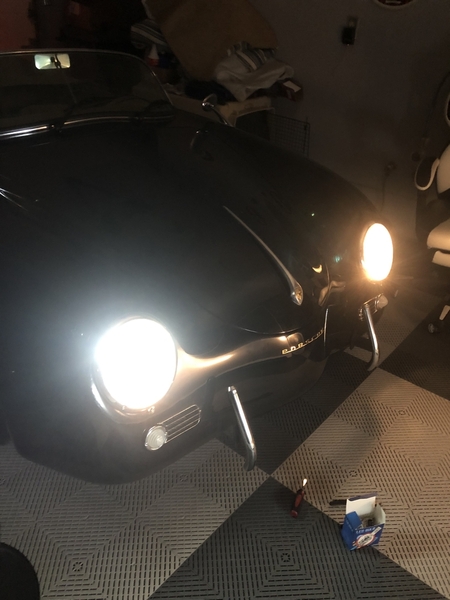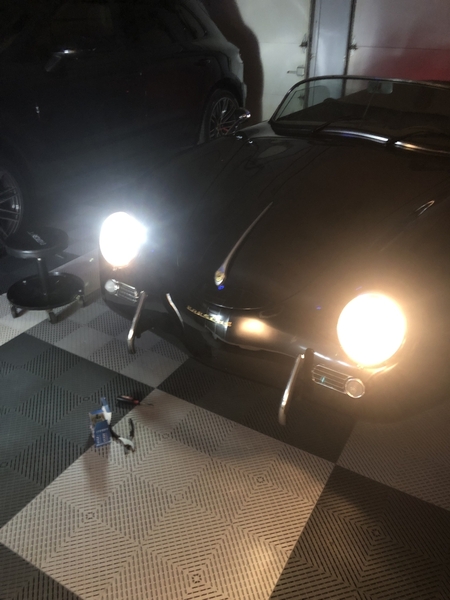My preference would be for those from the LED factory, only because they highlight the lumens produced (2,880) The Carkart guys don't, so you don't know how bright they are, only their color on the Kelvin scale.
The 6000K (Kelvin) is how white they are. 2700K is about the color (yellow) of an incandescent lightbulb. 3000K - 4000K is good (but bright) for kitchen lighting and 5000K - 6000K is very white, much like daylight (color, not intensity).
If you're curious about which motorcycle lights are better, I would lurk on some Harley or BMW or Ducati cycle forums to see what lights people are using and why (especially in Europe, which always seems to be ahead of the US).
Remember the difference between Kelvin and intensity - Many Harley riders go for 5000K lights putting out 400 - 500 lumens so they're more like daytime running lights in use. Some long-distance bikers use a high-intensity (2000+ Lumen) driving light mounted down low on their crash bars on the driver's side (about foot level), and a fog light on the passenger side, both aimed low and left on. Lots of variations out there. Maybe @dlearl476 or @Safety Jim Buffalo NY. could comment.
LED lights are significantly different than Halogen (incandescent) lights. Halogen bulbs cast a ball of light in almost all directions. That is why there is a reflector behind them - to reflect the light going everywhere into a forward beam. The lens is used to diffuse the light into a pattern suitable to the application; a tight forward beam or a wider, more disbursed pattern or variations on both.
LED emitters are a flat surface that cast all of their light straight away from that surface. To get the light pattern to fit the application (like high and low beam) different LEDs are used for each beam, focused through a projector lens cast or ground to either focus a tight beam or a disbursed pattern at a specific point in space. Since all the light is cast straight out from the LED surface, reflectors aren't needed. If a light (LED Factory) has a reflector it usually means that they have an array of LEDs like top, middle and bottom, on a curved mount and bounce the top/bottom light off of the reflector to get more light from a specific area. You could do the same thing without the reflector and mount the LEDs on a flat surface and then use a compound lens to focus everything but that's probably more expensive to produce (computer-designed lenses are often hard to produce in volume).
Sorry.....Long answer to a short question. I'm afraid that most LED lights being produced for the auto/cycle markets won't look "period correct" on any of our little cars. We'll just have to leap into the 21'st century if we use them.

















